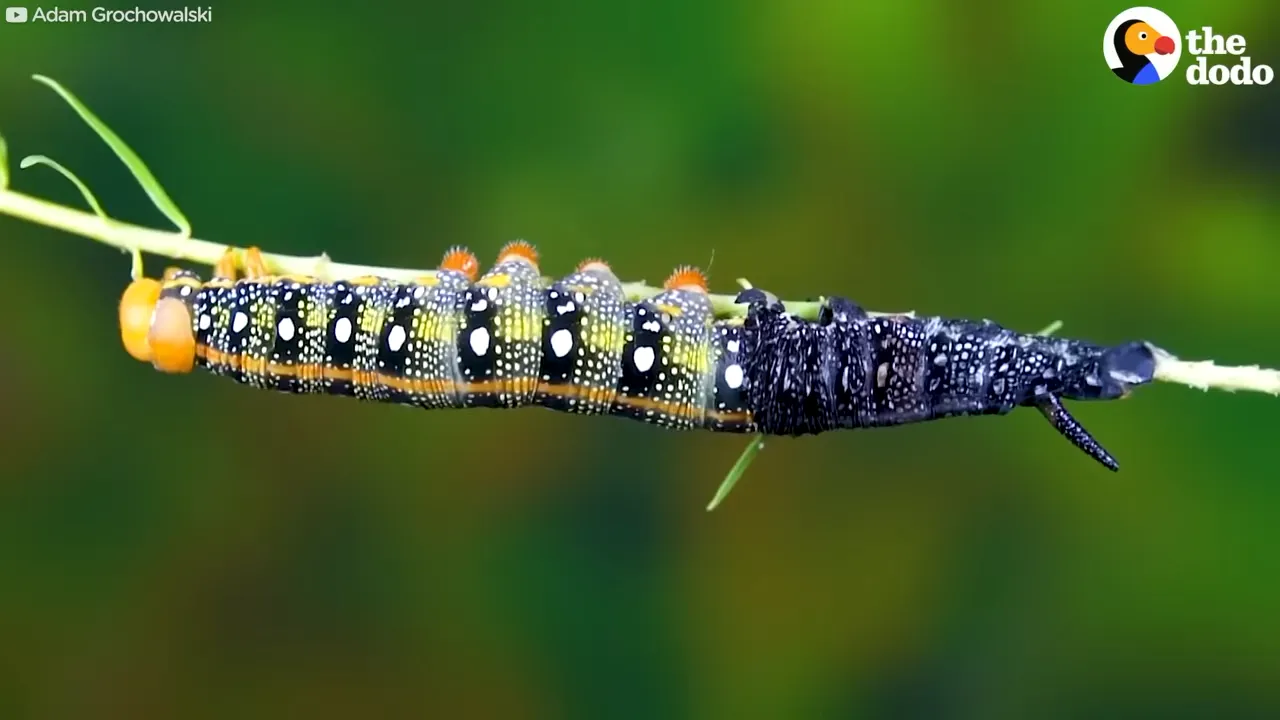The wondrous world of insects has always intrigued scientists, nature lovers, and even the layman. One such fascination revolves around moths and caterpillars, especially about their origin and relationship.
Yes, moths indeed come from caterpillars. This transformation is a captivating spectacle of nature, where a crawling caterpillar metamorphoses into a flying moth through a series of intricate biological processes.
Moths, often overshadowed by their colorful counterparts, butterflies, play an equally vital role in our ecosystem. Their journey from being a caterpillar to a fully-grown moth is a testament to nature’s magic.
Moth and Butterfly Differences
Moths and butterflies, while both being part of the order Lepidoptera, differ in numerous ways, from their physical attributes to their habits.
Physical Differences
- Wings: Butterflies usually fold their wings vertically up over their backs. Moths tend to hold their wings in a tent-like fashion that hides the abdomen. Moths have a frenulum, which is a wing-coupling device. Butterflies do not have frenulums.
- Antennae: Butterflies have club-shaped antennae – a long shaft with a bulb at the end. Moths, however, often have feather-like antennae or filamentous and unclubbed.
- Body Structure: Moths generally have a more robust, hairy or furry-looking body, whereas butterflies have slender and smoother abdomens.
Habitual Differences
- Activity Patterns: Most moths are nocturnal, active at night, while butterflies are diurnal, active during the day.
- Preferred Environments: Butterflies are often found in sunny, open spaces, while moths prefer darker, more concealed environments.
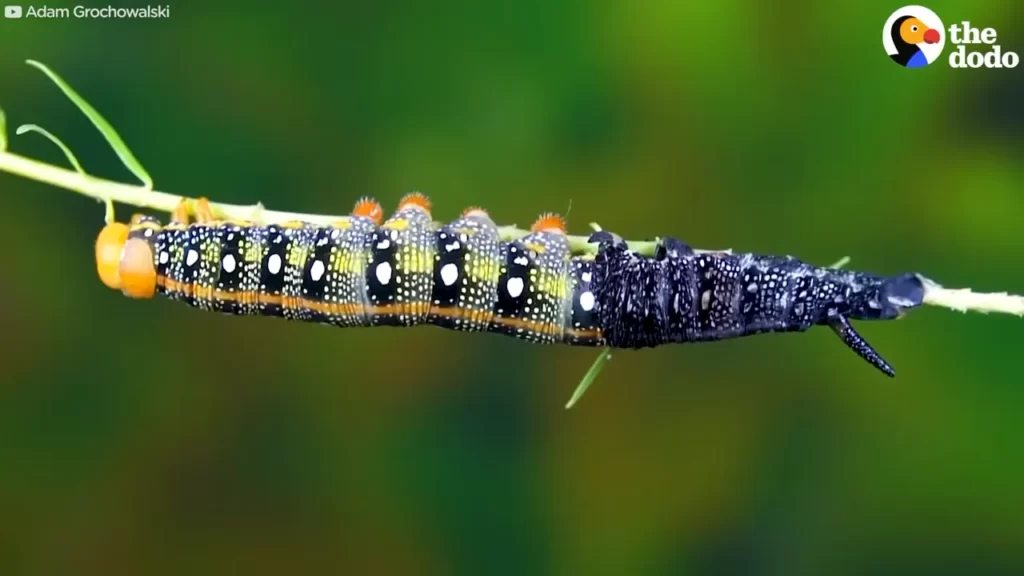
Life Cycle of Moths
A moth’s life is intriguing, marked by stages of transformation that highlight nature’s wonders.
Egg Stage
- Description: Moth eggs vary in size, shape, and color, but are typically tiny and laid in clusters.
- Duration: Depending on the species and environmental conditions, these eggs can hatch in a few days to several weeks.
Caterpillar (Larval) Stage
- Growth: Upon hatching, the caterpillar or larva feeds continuously, experiencing tremendous growth. It will molt multiple times as it grows.
- Feeding Habits: Caterpillars are known to be voracious feeders. They primarily consume leaves and plant parts.
- Behavior: During this stage, the primary objective is eating and growing. They will often go into hiding during molting.
Pupa Stage
- Cocoon Formation: Towards the end of the caterpillar stage, it forms a cocoon or pupa. It’s a protective casing where it undergoes metamorphosis.
- Metamorphosis Process: Inside the cocoon, the caterpillar undergoes a significant transformation. Its old body parts undergo a remarkable transformation to become the parts that make up the adult moth.
Adult Moth
- Lifespan: An adult moth can live anywhere from a few weeks to several months, depending on the species and environmental factors.
- Mating: Once mature, moths focus on reproduction. They release pheromones to attract a mate.
- Laying Eggs: After mating, female moths lay eggs, and the life cycle begins anew.
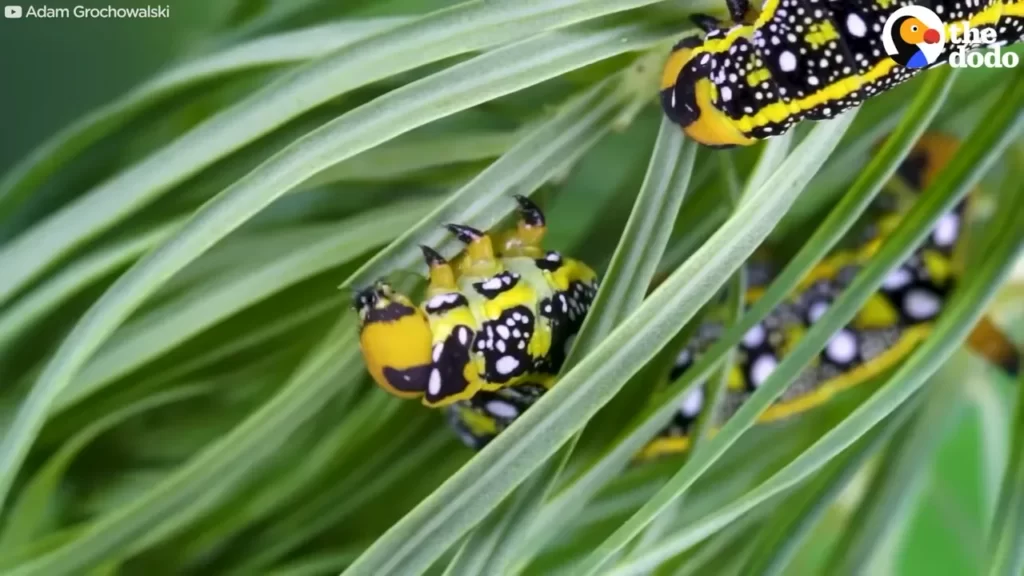
Caterpillar Characteristics
Caterpillars, the larval stage of moths and butterflies, are fascinating creatures with distinct attributes.
Physical Appearance
- Colors: Caterpillars come in various colors, from green and brown to bright colors with patterns. These colors often serve as camouflage or warning signals for predators.
- Patterns and Sizes: Their patterns can be stripes, spots, or even mimicry of other animals. Sizes vary depending on the species and age.
Diet and Habitat
- What They Eat: Most caterpillars are herbivores, feeding mainly on leaves. Some species might eat fruits or flowers, while others are even carnivorous.
- Where They Live: Caterpillars usually live on plants, specifically on the leaves they feed on. They are often found on the underside of leaves to avoid predators.
Defense Mechanisms
- Camouflage: Many caterpillars blend into their surroundings to avoid being noticed by predators.
- Stinging Hairs: Some caterpillars have hairs that can cause irritation or allergic reactions.
- Toxic Secretions: Certain species excrete toxic substances when threatened, making them unpalatable or dangerous to potential predators.
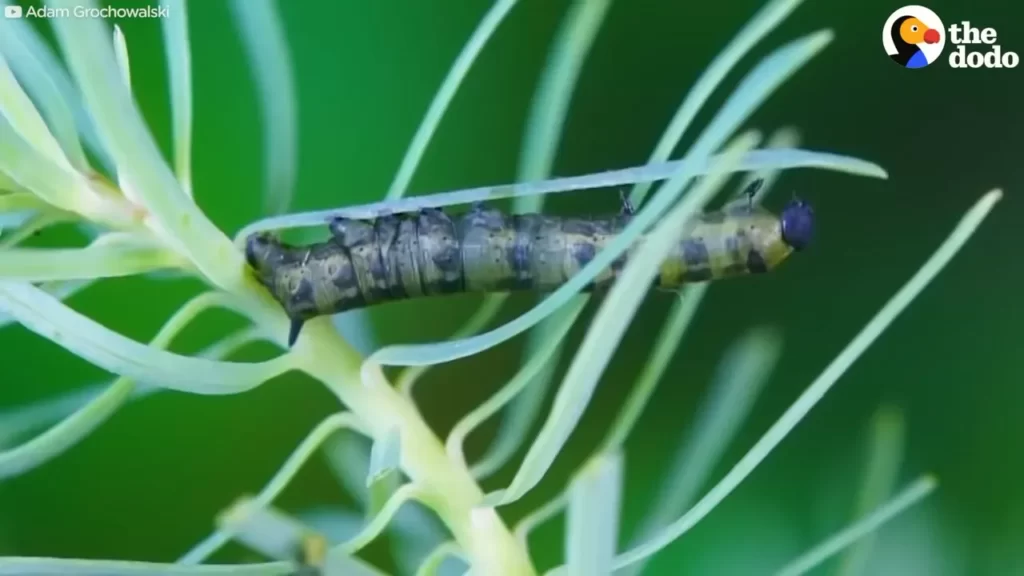
Transformation Process
Hormonal Triggers
A caterpillar’s transformation into a moth is a phenomenal process governed by hormones. As the caterpillar grows and feeds, its hormone levels fluctuate.
- Brain hormones regulate the caterpillar’s growth, ensuring it molts at the appropriate times.
- Once the caterpillar reaches its final molt stage, a different hormone, ecdysone, triggers the transition into the pupal state.
- Another hormone, juvenile hormone, ensures that the caterpillar maintains its form throughout its molts. However, its concentration drops when it’s time for the caterpillar to become a pupa, paving the way for metamorphosis.
Inside the Cocoon
The cocoon acts as a protective chamber where the caterpillar undergoes significant transformation.
- Initially, the caterpillar turns into a pupa or chrysalis. At this stage, it looks dormant but is undergoing drastic internal changes.
- The majority of the caterpillar’s cells, known as imaginal discs, start differentiating into specialized cells that will form the moth’s body parts.
- The rest of the caterpillar’s tissues break down into a rich soup of cells, providing the necessary resources for the developing moth.
Emergence
This is the final and most dramatic phase of the moth’s lifecycle.
- The moth begins its emergence by releasing an enzyme that softens the cocoon.
- With the help of a small, sharp structure on its head, called the pupal cutter, it makes an exit hole in the cocoon.
- Once out, the moth pumps fluid into its wings, causing them to expand and harden. After this, the newly formed moth takes its first flight.
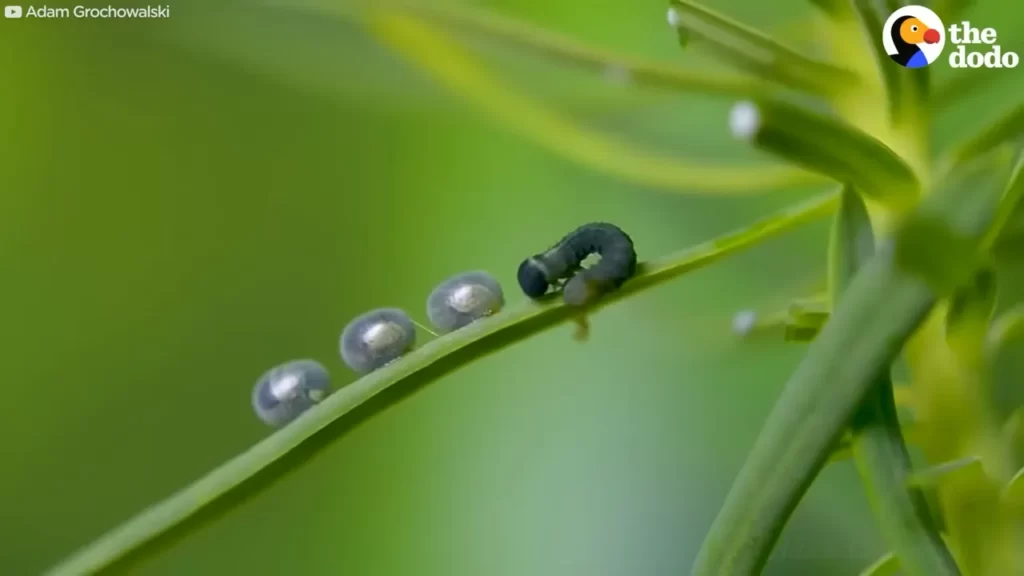
Common Myths Debunked
“All caterpillars become butterflies”
False. Caterpillars transform into either moths or butterflies based on their species. While it’s a common misconception, it’s essential to note that not all caterpillars become the often-admired butterfly.
“Moths are pests and butterflies aren’t”
Partially true. While some moth species are considered pests due to their larvae feeding on crops and stored products, many moths play beneficial roles in their ecosystems, such as pollination. Similarly, some butterfly larvae can be harmful to specific plants. It’s crucial to avoid generalizing about these diverse and multifaceted creatures.
Importance in Ecosystem
Role of Caterpillars
As primary consumers, caterpillars play an essential role in the food chain.
- They feed on plants, converting plant matter into energy for themselves and, indirectly, for the predators that consume them.
- Their feeding habits also aid in plant decomposition and nutrient cycling, supporting the ecosystem’s overall health.
Role of Moths
Moths are not merely night-flying counterparts to butterflies; they hold a distinct and pivotal position in ecosystems.
- Pollination: Moths, especially those with long proboscises, help in pollinating flowers. Some plants are specifically adapted to being pollinated by moths and would struggle without their nightly visits.
- Prey for Other Animals: Moths form a significant part of the diet of many animals like bats, birds, and spiders. Their existence supports the health and survival of these predator species.
FAQs
Do all caterpillars turn into moths?
No, not all caterpillars become moths. While many caterpillars metamorphose into moths, others transform into butterflies.
How long does the metamorphosis process take?
The duration varies by species. Some may take a few weeks, while others could require several months to metamorphose.
Are moths and butterflies the same?
No, moths and butterflies are distinct. They differ in physical attributes, habits, and lifecycle stages.
Why are moths attracted to light?
Moths navigate using natural light sources. Artificial lights confuse them, causing them to circle around them.
Do moths eat clothes?
It’s a common misconception. Adult moths don’t eat clothes. However, some moth larvae feed on natural fibers, causing damage.
Conclusion
Nature’s complexities never cease to amaze. The transformation of a caterpillar into a moth is a perfect example, showcasing the intricate and magical processes of life.
While they might not always get the spotlight like butterflies, moths are an essential part of our ecosystem. Their lifecycle, starting as caterpillars, serves as a remarkable reminder of evolution and adaptability in the natural world.
